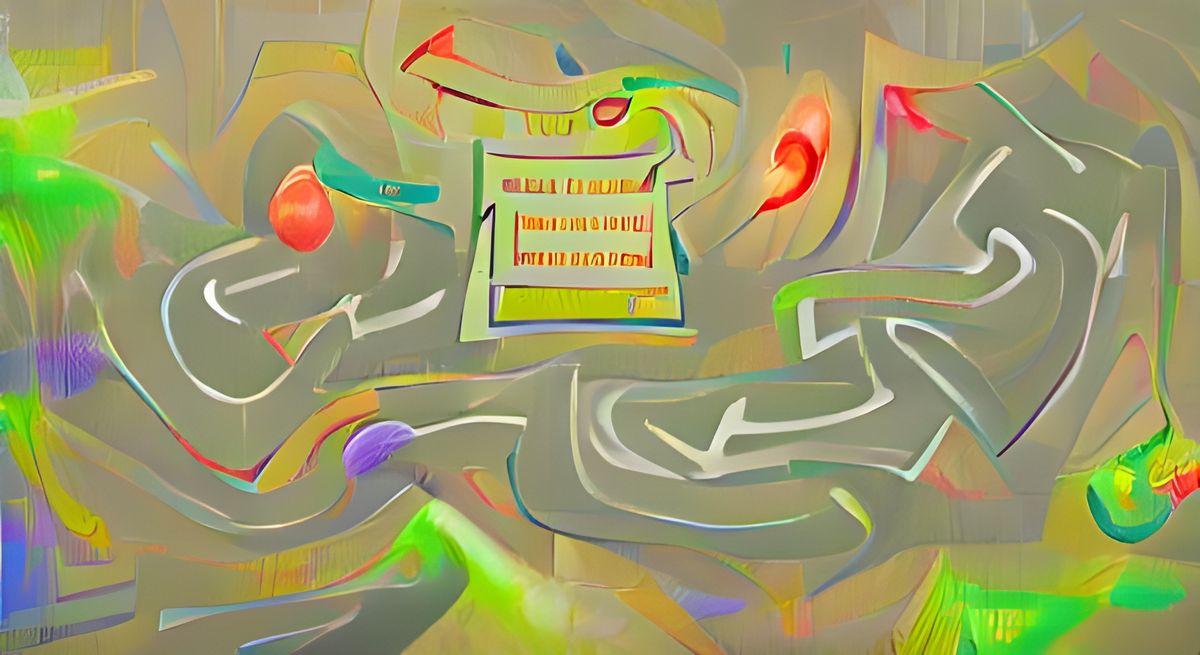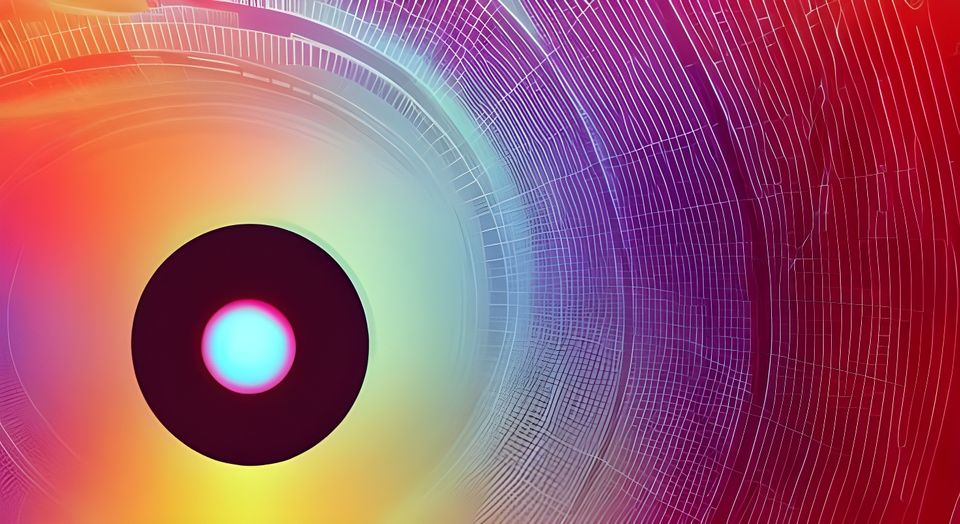Rules & Standards (#46)
Rules simplify choices, thus, rules reduce noise. Standards invite flexibility, introduce noise. Traditions can justify or hide noise. Algorithms are like rules, may include bias.

Every environment we operate within provides guidance to accepted behaviors and shapes the way we make decisions. We know that we have to reassess this guidance from time-to-time. We may establish an expiration date when making choices to trigger our future validation (Reconsideration & Judgement). Every environment contains detrimental noise.
We recognize that noise may negatively impact our judgements so we seek methods to remove noise when making decisions. We establish rules which provide us clear direction on how to proceed, that give our judgement focus. Rules simplify choices, thus, rules reduce noise.
In some cases a rule can be too restrictive, yet we still appreciate guidance to help us determine our course, so we create standards. Standards — which allow for more discretion in decision-making than rules — invite flexibility, allow for situational adjustments, and by their nature, introduce noise. Since we fail to recognize noise in our decision making, we can be subject to using a standard when we should prefer to use a rule. Establishing a rule is hard work, setting standards is easier — we challenge ourselves to ensure we aren't simply taking the easier road when the harder road would serve us better.
Traditions, which we follow due to previously established norms, can provide air cover for existing noise. Traditions provide a quick path to an accepted solution, yet they come embedded with community pressure to accept them. Traditions aren't as defined as rules, yet carry more weight than standards. Traditions can justify or hide noise.
Algorithms are like rules, they are specific, the outcome of algorithms is predictable and fixed. Therefore, algorithms reduce noise. They may however include instances of bias, which is discrimination that can be built into a system or judgement.
To see the difference between bias and noise, consider your bathroom scale. If on average the readings it gives are too high (or too low), the scale is biased. If it shows different readings when you step on it several times in quick succession, the scale is noisy. -Daniel Kahneman, Noise: A Flaw in Human Judgement
We seek to establish rules and algorithms where ever we can to limit the influence of noise. We acknowledge the role tradition plays, as long as it doesn't provide a haven for unwanted noise. We leverage standards when more discretion is warranted, keenly aware that noise seeks this path to place a foothold in our decisions.
See the whole series by using the Paradox Pairs Index




